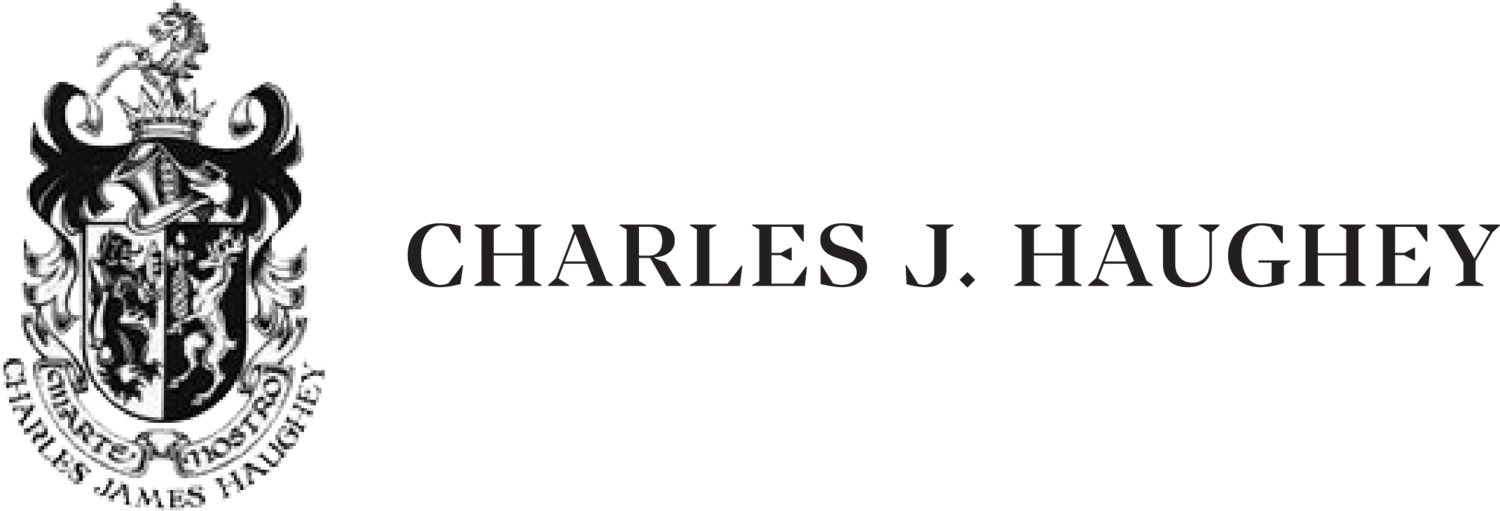Contribution to Heritage
Mr. Haughey had a profound and positive attitude to archaeology. He was responsible for bringing about major advances in the subject, which were wide-ranging and as a consequence led to significant developments. As a result the subject became better known and gained greater respect. His role included the passing of legislation for the protection of both monuments and artifacts i.e the National Monuments Amendment Act 1987.
His role included the passing of legislation for the protection of both monuments and artifacts, the National Monuments Amendment Act 1987
Regarding a precise issue, one of his early involvements was in 1967 when a group of Late Bronze Age, c. 1000-800 B.C. gold ornaments, which were found at Killymoon, County Tyrone, but which were in private possession in County Leitrim, were illegally taken out of the country to London where they were put on the market. Mr. Haughey was then Minister for Finance and as a result of representations made to him, provided funding for their acquisition by the National Museum of Ireland. But there was an extraordinary "twist" to that event. On acquisition, the Museum carried out investigations and as a result it transpired that the objects consisted of two separate hoards, the contents of which became, at some time after finding, amalgamated.
Some of the objects, a gold "dress-fastener" and a wooden box were indeed found at Killymoon and constitute a hoard but the other objects, four gold "sleeve-fasteners", bullae and two discs which were formerly attached to the heads of "sunflower" pins, were also found in County Tyrone between Ardboe and Killycolpy, but the precise find place has not been recorded but that does not detract from the importance of the group. Anyway, the interesting aspect of the purchase is that Mr. Haughey acquired not only one but two hoards for the same price!
Later on Mr. Haughey was responsible for the acquisition of further gold ornaments which were in the private collection of the Duke of Northumberland in Alnwick Castle, Northumberland, England.
The establishment of interpretative (visitor) centres at places such as Corlea, County Longford and Belderrig, County Mayo and notably at Brugh na Bóinne (Boyne Valley), County Meath.
Mr. Haughey also had a very positive interest in field monuments. I have already mentioned his legislative achievements but there were further developments such as the establishment of interpretative (visitor) centres at places such as Corlea, County Longford and Belderrig, County Mayo and notably at Brugh na Bóinne (Boyne Valley), County Meath. At the latter place, he expressed a particular interest in excavations that were being carried out under my direction at Knowth. Indeed, when we discovered the first major tomb in the great mound in 1967, he immediately came to see the site at first hand, and after its discovery he was the next person to enter the tomb. Over the succeeding years he maintained an involvement not only in the programme of excavation, but also in the associated conservation work which led to the opening of the site to the public, an event that he himself performed.
But the foregoing is only a part of Mr. Haughey's involvement with archaeology. Chief amongst these was the establishment of the National Heritage Council in 1988 and shortly afterwards the Discovery Programme, a major research institution that achieved international acclaim. But apart from these remarkable events Mr. Haughey created a broadly based atmosphere which appealed to the general public but also allowed the subject to prosper and develop.
I would like to say that when Mr. Haughey appointed me to Seanad Éireann in 1987, he mentioned to me that he did so solely in recognition of the contribution that I made to archaeology.
